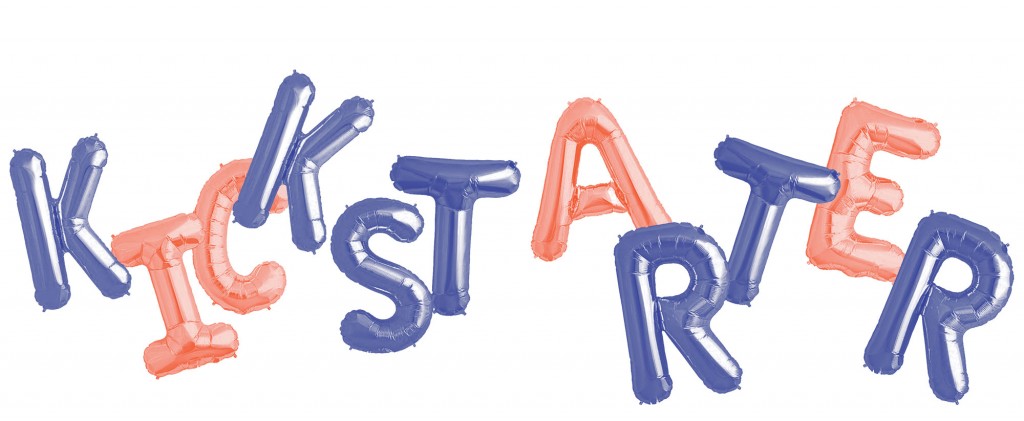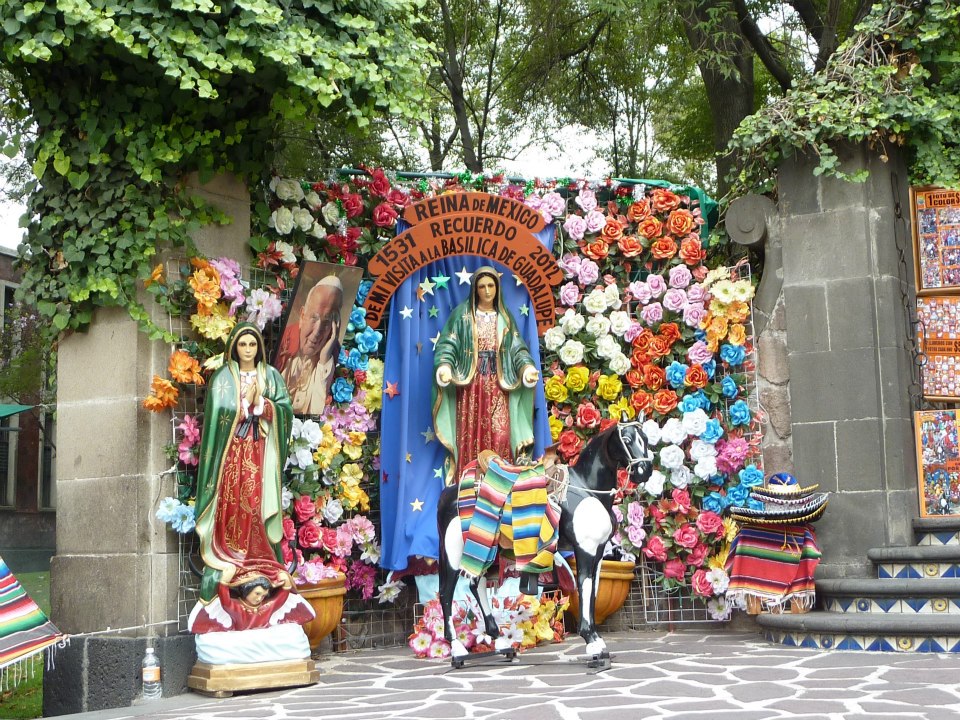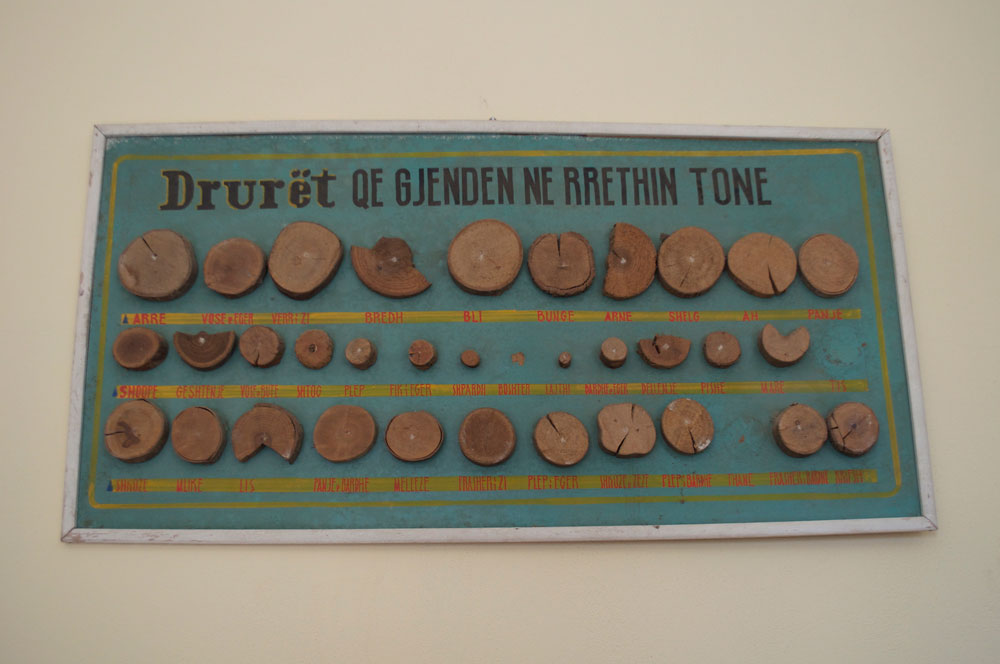Could Crowdfunding Replace Foundations?
As public funding for the arts continued to wane and competition for foundation grants grew, the time was ripe in the mid-2000s for the advent of crowdfunding, raising money by soliciting many personal contributions for a project or venture, usually using the Internet. Two platforms, Indiegogo and Kickstarter, have since emerged as the major online sites used for crowdfunding by entrepreneurs, activists, and artists to fund everything from the making of potato salad to the foundation of a museum.
Though these platforms make possible artistic projects that might never have received funding elsewhere, many of them would traditionally be funded by foundations or private donors. When artists like Marina Abramovic and actors like Matthew Lillard, who might normally seek funding for projects from foundations, film studios or other organizations, use crowdfunding platforms to finance their projects, it calls into question the role of traditional organizations that fund the arts.
Kickstarter’s Art Program Director, Stephanie Pereira, is a graduate of The School of the Art Institute of Chicago’s (SAIC) Master of Arts in Arts Administration program, has her own artistic practice, and sits on the board of the Booklyn Artists Alliance. For most people, she says, the platform is a new channel for fundraising, an additional tool to the many ways artists fund their work, not a replacement for those traditional funding methods. “It’s a way to engage people in our practices, around a project. If you have a really clear, specific idea, you might want other people to be a part of it.”
6,000 art projects have been funded through Kickstarter, Pereira notes, the most successful of which are visual art, theater and dance projects. The most common? “Fund my tour or fund PR for my album,” she says. 44% of campaigns across the site are successful, reaching their funding goal in the allotted time. The average visual art-based project nets around $6K, but they range from less than $100 raised to make a drawing to more than $660,000. Abramovic, a world famous performance artist, used a Kickstarter campaign to raise the latter amount in order to bring a building up to code to house the Marina Abramovic Institute for, as its website states, “immaterial art and long durational works.”

The recently established Chicago Design Museum was also founded, in part, through a $50K-Kickstarter campaign. Co-founder Tanner Woodford said that his group had reached a point where they had a large audience and had raised money elsewhere, but needed more to get off the ground. Not having had a successful campaign, he says, “would have changed things dramatically.” He echoes Pereira’s point that crowdfunding also builds community and generates interest around a project. “We wanted donors to know it’s as much theirs as it is ours.”
Petra Bachmaier of artist duo Luftwerk says running a Kickstarter campaign is “all about finding the people who show interest and making connections.” For INsite, which will “transform an icon of modern architecture, Mies van der Rohe’s Farnsworth House, into a canvas of light and sound,” according to the web page for their Kickstarter campaign, they raised $25K. She and partner Sean Gallero also support other artists’ campaigns now, and they have even found collaborators through the site.
But running the campaign was also exhausting, they say. Bachmaier calls it a “full-time job. You have to put the ask out a lot, and we’re not used to that. We’re used to applying for grants.” Every day of the campaign, says Gallero, “was about spreading the word and looking for backers.” Woodford also talks about the amount of work it took to make the campaign
a success. “It was a lot of anxiety and a ton of reward, both monetarily and in terms of the support we received.”
A majority of on-line crowdfunded projects that reach their fundraising goals do so in the final days or even hours of their campaigns, says Pereira. The Chicago Design Museum received 49 percent of its goal on the last day of the campaign, which Woodford says was probably partly due to a Chicago Tribune article on the museum that was published that day. Promotion of a campaign may be needed, he says, but “at some point, you’ve reached out to all of your friends to support you, and the power of Kickstarter is being able to reach that next level of support.” INsite was also not fully funded until the last day of Luftwerk’s campaign, Bachmaier notes. “Friends of ours who have used Kickstarter told us ‘hang in there, don’t freak out, it will happen at the very end.’” Bachmaier says she sees sites like Indiegogo and Kickstarter changing the funding landscape for the arts because they are being used more and more by artists. “I myself never would have considered it five years ago, but we are finding it’s a good tool to make things happen. You just can’t make it part of your general operations.”
Pereira says an increasing number of artists are using Kickstarter more than once after learning how to optimize it. “It’s not a place to become a used car salesman, it’s not a one-shot deal to get some cash but a way to build a community around your work.” And the artists using Kickstarter are becoming more ambitious, funding more long-term and art space-related projects. “Diversity has exploded,” she says, especially in certain cities. “Chicago, Minneapolis, and St. Louis are some of my favorite Kickstarter cities. There are really great art schools there, and people tend to stick around for a few years taking advantage of the cheap rent.”
Crowdfunding is still not guaranteed, Gallero points out. “It’s a lot of work, and we prefer to exhaust our other options before we go there.” There are also donors who would rather write a personal check to artists than have funds go through Amazon, which Kickstarter uses, or PayPal, used by Indiegogo. And with Kickstarter, if the fundraising goal is not reached, the donations up to that point are refunded.
Perhaps more significantly, Gallero has also seen organizations looking for work from artists ask them, in lieu of funding the work through the organization, to do Kickstarter campaigns. “They’re saying ‘well, it worked before; let’s do it again.’” Rae Whitlock, an MFA student at SAIC, used Indiegogo to raise funds for a tour with musician Dash Lewis. “It’s awesome that we have things like Indiegogo and Kickstarter to make things possible that might not otherwise be, but I don’t see them as a replacement for grant funding for the arts.”
Foundations and public funding for the arts, she says, signify that the public values the arts, as things like public museums make it possible for everyone to experience art. Pereira mentions Kickstarter’s partnership with the Knight foundation, which matches funding for some media-related projects that use Kickstarter. “These projects’ campaigns show the Knight that there’s support from their communities,” Pereira notes.
With crowdfunding, there is no board of directors to make the decision about whether a project receives funding, Gallero points out. “It’s a different beast. Crowdfunding is about the public and whether they want to see a project happen.”







